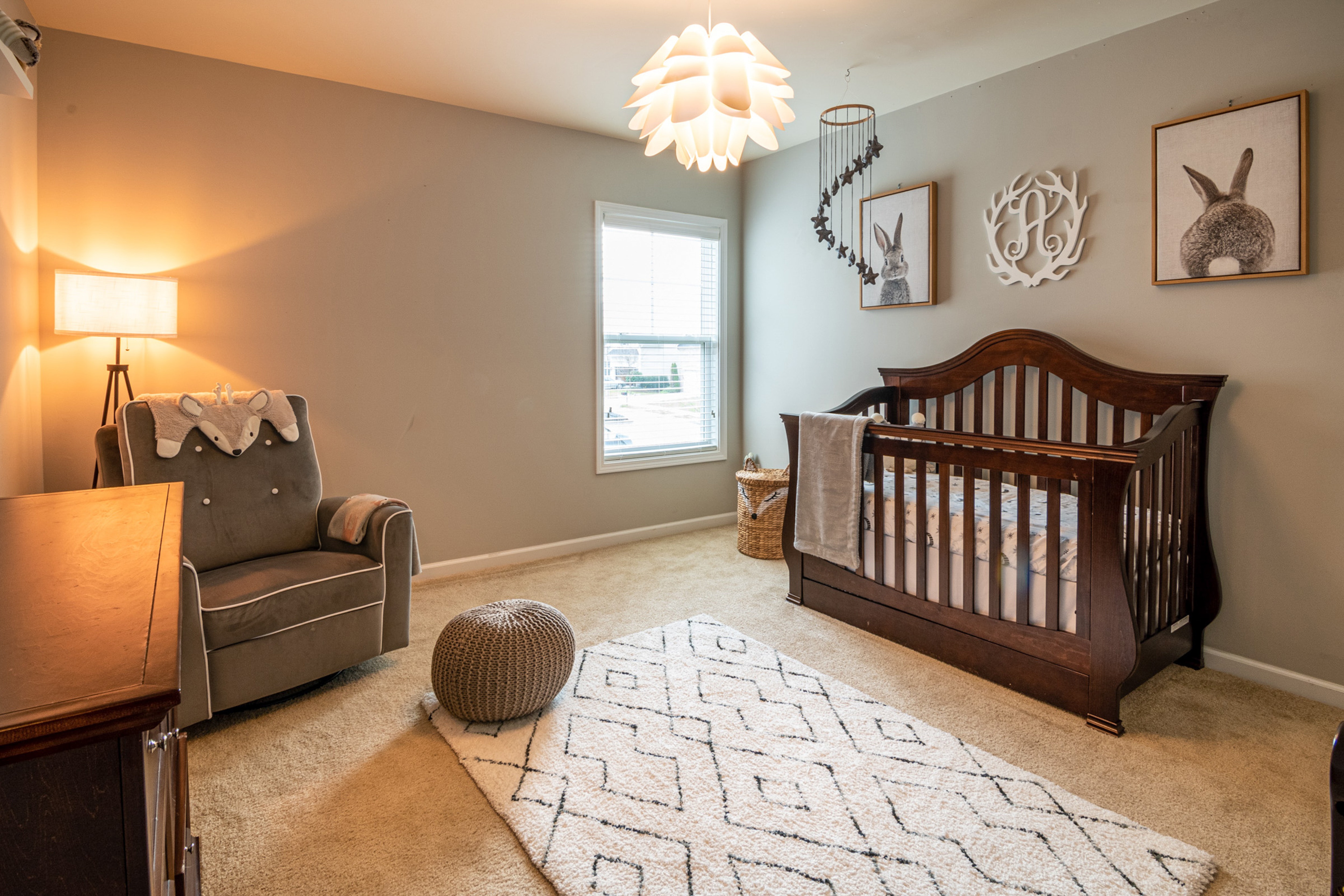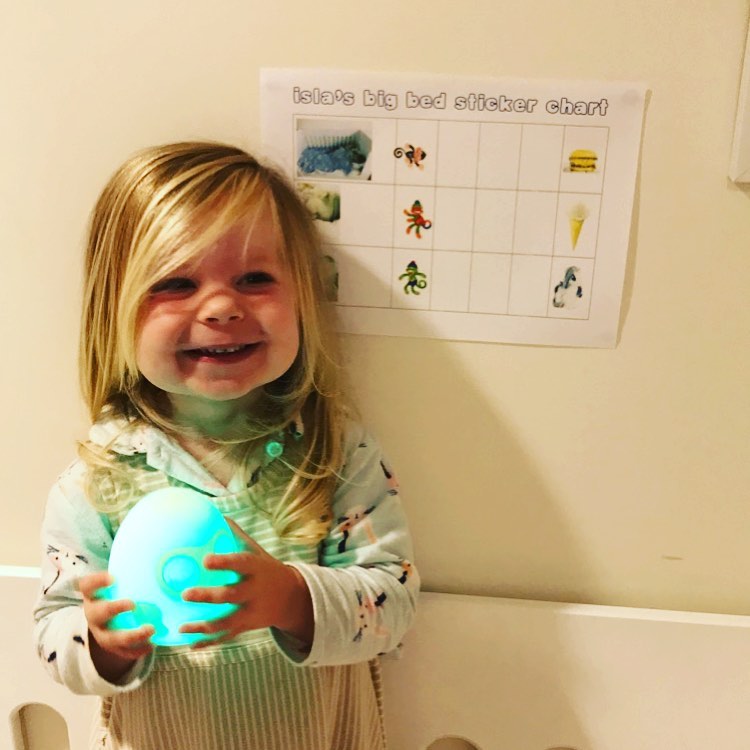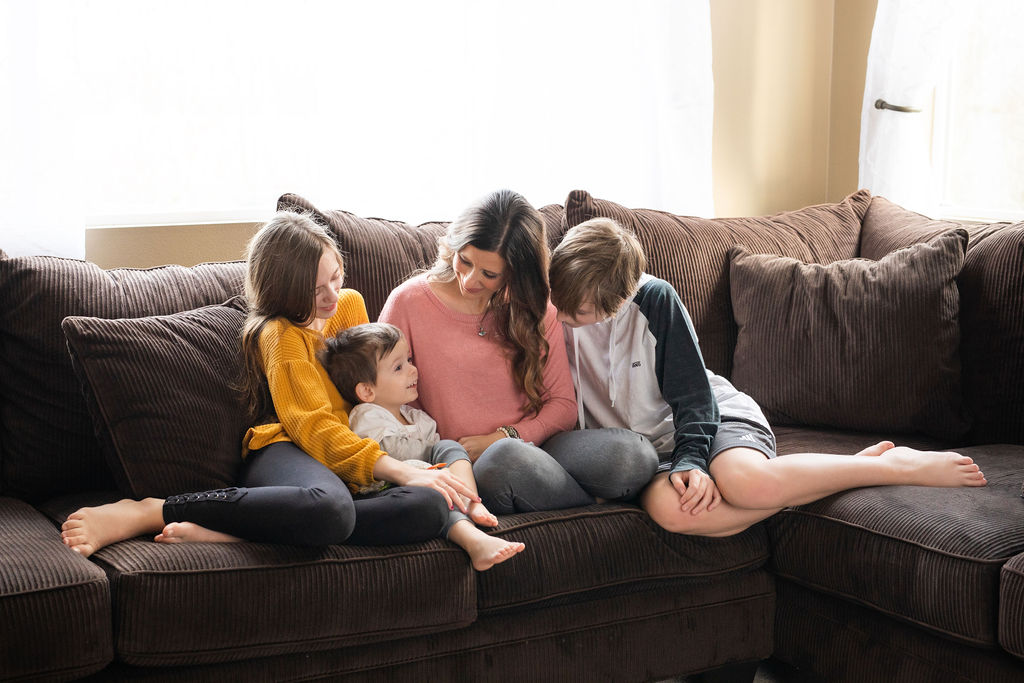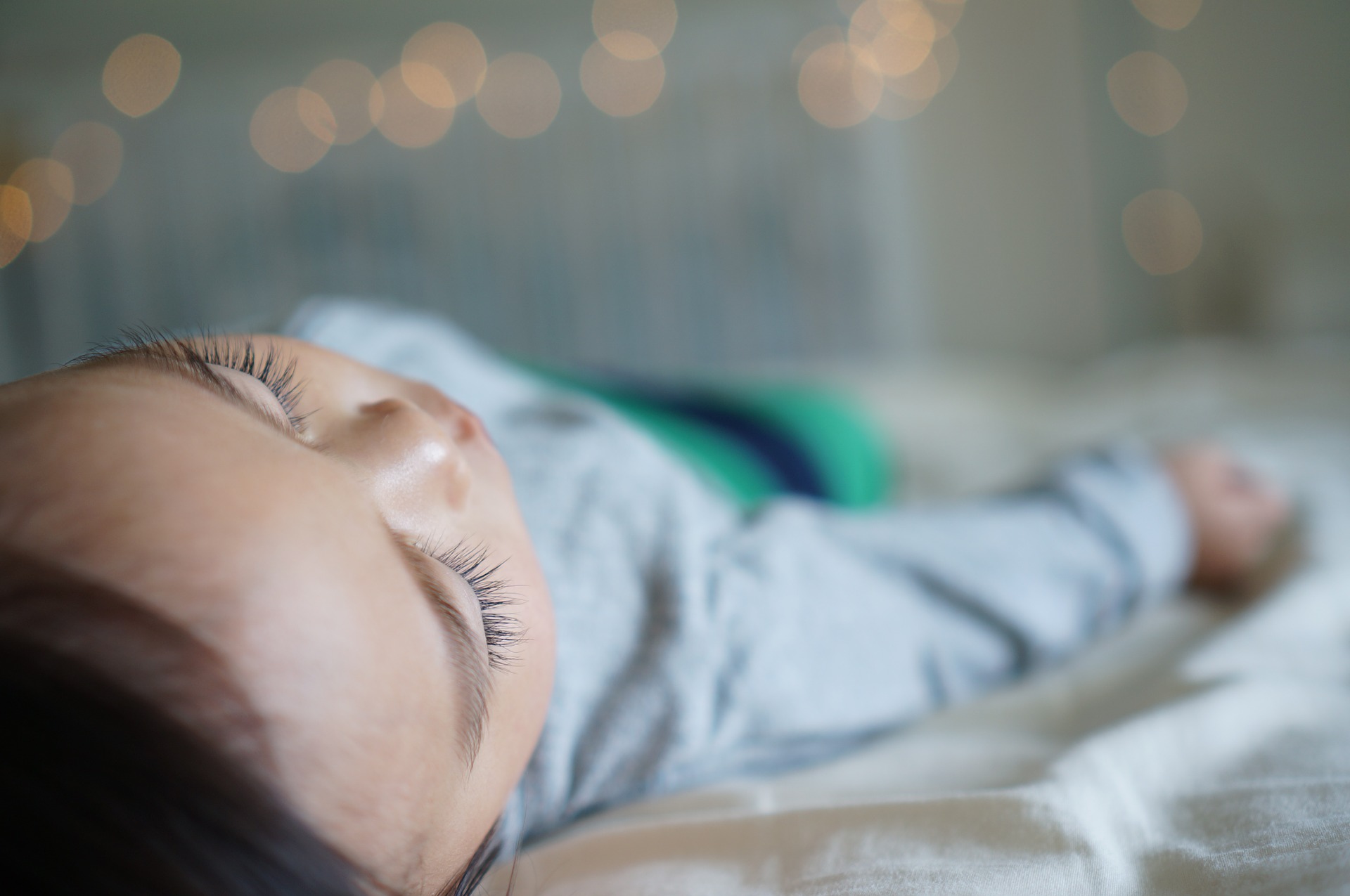Autism Spectrum Disorder and lack of sleep oftentimes go hand in hand. Recent reports suggest up to 80% of autistic children are impacted by sleep deprivation and other sleep related issues. These disturbances are not only unpleasant for everyone in the household, but they can severely snowball and affect a child’s ability to function well in school, interfere with learning opportunities at home, negatively impact mood and behavior, and in turn increases the likelihood of tantrums or meltdowns. While parents of ASD children know that sleep is important, they find themselves feeling defeated and exhausted from previous efforts in this area.
Many children with ASD wake multiple times during the night. The same can be said of non-ASD children alike. However, children with Autism may unfortunately have more playing factors keeping them up or prohibiting them from going back to sleep. Once a child is awake and stimulated, it is often very difficult for them to just turn over and go back to sleep. I find many children with ASD wake, and wonder if its almost time to start their day. From there, their minds wonder with excitement. Cue the stimulation. Once stimulated, their little bodies become confused hormonally with how to respond: is it time to wake, or time to sleep? Hence, parental intervention is often too late by the time the child reaches the parents room, or the parent comes to them. So, what is a parent to do?
Luckily, technology has the bases covered with new innovation to promote sleep. Specifically, visual aids are a fantastic way to stay on top of middle of the night wakings. These newer products are genius in design and the most recent examples are the adorable and practical Ooly owl (which connects to your smart phone, and appeals to children) and the sensation of smart bulbs. Visual aids can help children differentiate between an acceptable time to wake for the day, versus time to remain quiet and go back to sleep. These products are genius in design and work by displaying one hue for night sleep, and via a timer connected to your smart phone (ah – how easy is that?), changes to the second color when it’s go time. Your child should not be expected to inherently know how to respond without a visual tool; even we as adults turn to the clock oftentimes in the middle of the night, only to be surprised by the time in one way or another. Little ones are no different in that regard, and a visual aid can help them recognize the colors as time, before they get overstimulated when they should be sleeping. Additionally, these products are great to help craft a nap routine, or simply encourage wind-down time for older children.
Your child may fall in love with their visual aid instantly, but that doesn’t mean it will work seamlessly Night 1. Sometimes success is instantaneous, but depending on your child’s receptive language there may be a few teaching opportunities the first couple of nights. This is completely normal! Simply enter your child’s room, and have a brief conversation about what the color means. Stay pleasant and calm, as your reassurance will help your little one trust the process. If your child is unable to memorize the color’s meaning, pair it with a homemade chart (for example: the color red, next to a sleeping child). Visual aid + visual aid – see what I did there? Feel free to couple this system with a reward chart if you are finding your child needs a little extra motivation. Your entire family deserves sufficient rest, and the use of a visual aid will likely propel your child’s sleep in the right direction. For more information on helping your child establish more sound sleep, please visit www.sleepybabyconsulting.com.
Amy Douglas is a Sleep Consultant that understands the perils of sleep deprivation all too well. She’s been in your shoes, and after the birth of her first anti-sleeper, was inspired to find the answers. Now, she is helping other exhausted families from around the world to take back their sleep. Her philosophy ensures you feel completely supported during this collaborative process. Sleep is very complicated, but you don’t have to peel back all the layers on your own.
Amy’s educational background has always centered around maternal and child wellness; holding licensure and/or certifications as a Massage Therapist (Prenatal & Pediatric), Newborn Care Specialist, and most recently as a Maternal & Child Sleep Consultant (2014). Additionally, she is a member of the Association of Professional Sleep Consultants. Douglas has expanded her ongoing education to include Sensory Based Protocol and Environmental Enrichment to further understand the delicate and complex needs of those with ASD, SPD, and most currently, ADHD.
###
Ooly – More sleep for the whole family.
Put an end to your child’s bedtime battles, nighttime awakenings, and early morning wake-ups.
Visit our website
www.novo123.com/ooly
###
Author: Amy Douglas
Owner of Sleepy Baby Consulting, Certified Maternal, Baby, & Child Sleep Consultant.







whoah this weblog is excellent i love reading your articles.
Keep up the great work! You realize, a lot of persons are looking around
for this info, you could help them greatly.
Thank you so much for your comment!